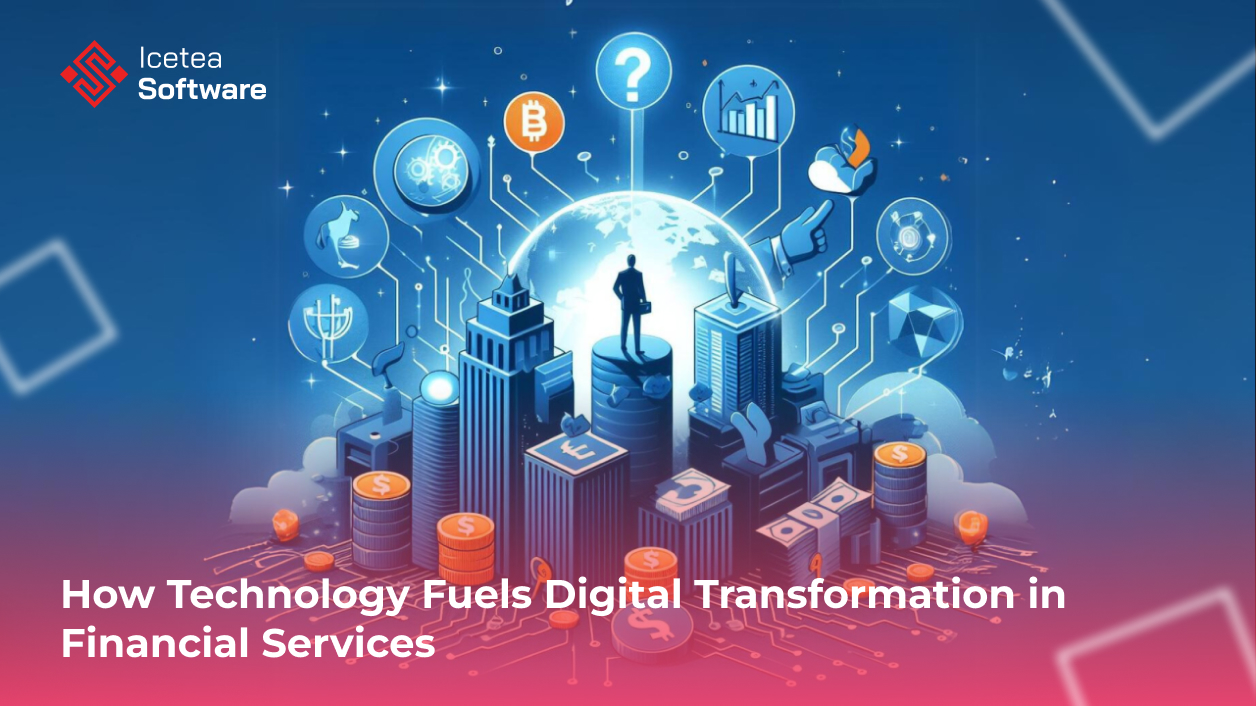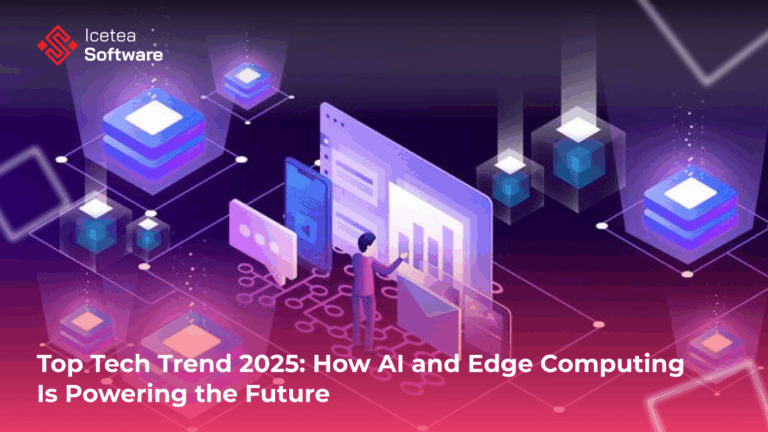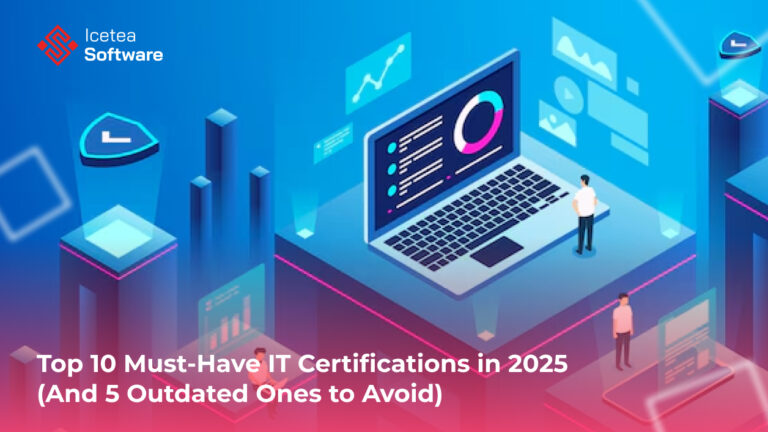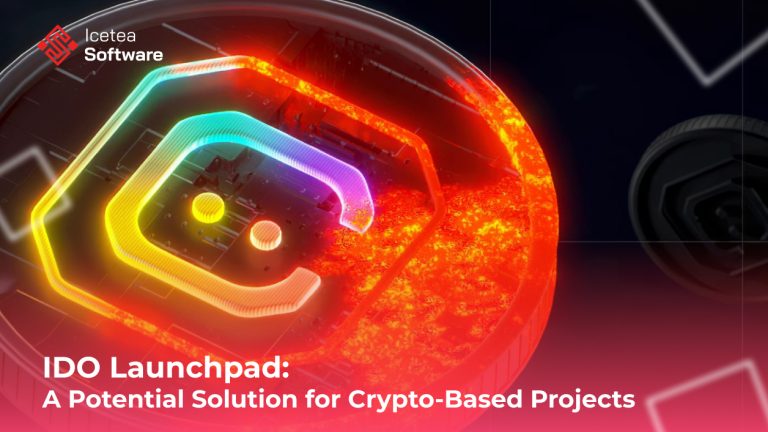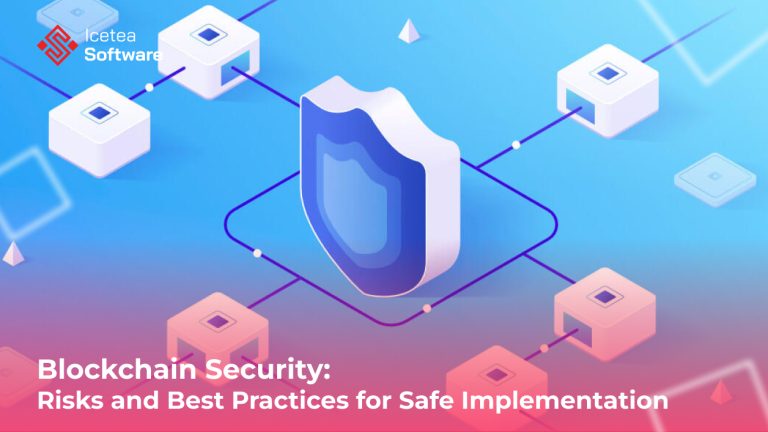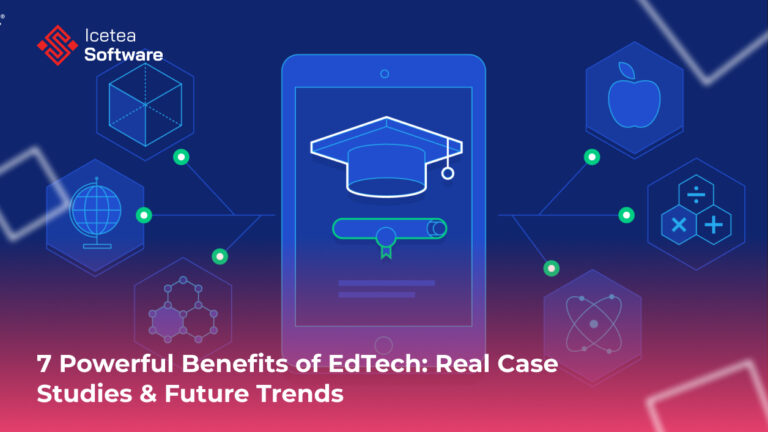How Technology Fuels Digital Transformation in Financial Services
Digital disruption has moved from possibility to inevitability across banking, insurance, and capital markets. Artificial intelligence (AI), cloud computing, application programming interfaces (APIs), and next‑generation cybersecurity are rewriting the rules of engagement. Yet Deloitte’s latest survey shows that fewer than half of financial‑services executives feel their organizations are ready for this new reality. Closing that readiness gap demands more than purchasing advanced software; it requires rewiring the organization’s culture, processes, and digital DNA.
This deep‑dive explains today’s most influential technologies, shows how they intersect with cultural change, and offers a practical roadmap for financial institutions determined to lead rather than lag in the digital era.
Core Technology Trends Reshaping Financial Services
Artificial Intelligence and Machine Learning
AI and machine learning have progressed from pilot projects to enterprise scale, delivering value in four high‑impact domains:
- Risk and fraud analytics: Predictive models scrutinize transactional patterns in real time, reducing false positives and cutting operational losses.
- Conversational banking: AI chatbots resolve routine queries instantly, freeing human agents for complex cases and improving Net Promoter Scores.
- Robo‑advisory services: Algorithms merge client data, risk tolerance, and market signals to generate personalized investment portfolios at lower cost.
Underwriting and claims: Computer vision and natural‑language processing accelerate document review, shortening loan‑approval and claims‑settlement cycles.
By embedding AI into day‑to‑day decisions, institutions both lower costs and create hyper‑personalized experiences that increase loyalty.
Cloud Computing and Core Modernization
Cloud infrastructure has become the default platform for digital‑first banking because it offers:
- Elastic scalability: Compute capacity expands or contracts on demand, accommodating spikes in online transactions and trading volumes.
- Faster product rollout: Containers, microservices, and DevOps pipelines enable weekly—or daily—feature releases instead of quarterly code freezes.
- Total‑cost optimization: Shifting from on‑premises data centers to pay‑as‑you‑go models reduces capital expenditure and shortens depreciation cycles.
- Regulatory alignment: Leading providers maintain region‑specific data centers and certifications (e.g., ISO 27001, SOC 2) that help satisfy local regulators.
Banks that adopt cloud‑native cores can decouple customer‑facing channels from legacy mainframes, gaining the agility of fintechs while preserving decades of transaction history.
APIs and Open‑Banking Ecosystems
Regulations such as the EU’s PSD2 and the UK’s Open Banking mandate have turned APIs into strategic assets. Key benefits include:
- New revenue streams: Premium APIs let third‑party developers integrate payments, identity verification, and transactional data into new apps.
- Embedded finance: Retailers, ride‑hailing platforms, and social networks embed lending or insurance directly into their user journeys.
- Lower integration costs: Standard RESTful interfaces reduce one‑off file transfers and brittle screen‑scraping solutions.
Forward‑looking banks treat their developer portals as digital storefronts, complete with sandboxes, detailed documentation, and automated security testing.
Cybersecurity and Zero‑Trust Architectures
As attack surfaces expand with cloud and mobile adoption, cyber‑resilience becomes mission‑critical. Leading institutions are:
- Moving to zero‑trust models: Every user, device, and microservice must authenticate continuously; lateral movement inside the network is restricted.
- Automating threat response: Security‑orchestration tools integrate logs, alerts, and playbooks to neutralize threats in seconds.
- Encrypting end‑to‑end: Data remains protected in transit and at rest, satisfying regulations such as GDPR and CCPA.
- Running red‑team drills: Adversary‑emulation exercises expose gaps in incident response and employee training.
Cybersecurity evolves from cost center to competitive differentiator when firms can advertise robust protections to risk‑averse clients.
Blockchain and Distributed‑Ledger Technology
Beyond cryptocurrency headlines, enterprise DLT applications gain traction in:
- Cross‑border payments: Permissioned blockchains cut settlement times from days to minutes, lowering liquidity requirements.
- Trade‑finance digitization: Smart contracts automate letter‑of‑credit lifecycles, reducing document fraud and manual reconciliation.
- Tokenized assets: Fractional ownership of real estate, art, or private equity increases liquidity and broadens investor access.
Regulatory clarity remains a prerequisite, but pilot programs demonstrate compelling efficiency and transparency gains.
Technology Alone Is Not Transformation
Many firms mistake technology acquisition for transformation. Deloitte’s research shows the true unlock lies in cultural alignment—or rewiring the organizational DNA. Four attributes separate digital leaders from laggards:
- Agility: Rapid experimentation, short feedback loops, and readiness to pivot.
- Collaboration: Cross‑functional teams that share data, goals, and accountability.
- Distributed decision‑making: Employees at all levels empowered to act on real‑time insights.
- Balanced risk appetite: Calculated experimentation within robust governance frameworks.
Institutions strong in these areas report higher employee retention, faster time‑to‑market, and stronger customer engagement than hierarchical, silo‑bound peers.
A Roadmap for Tech‑Enabled Cultural Transformation
Step 1: Diagnose Digital Maturity
Conduct a structured assessment spanning agility, collaboration, leadership distribution, risk culture, cloud adoption, API readiness, and data‑platform capability. Quantify gaps that materially hinder innovation.
Step 2: Prioritize “No‑Regret” Technology Foundations
Direct early budgets toward enablers that unlock multiple journeys:
- API gateways with built‑in security and throttling.
- Cloud data platforms that merge real‑time analytics with machine‑learning toolkits.
- DevSecOps pipelines that add automated security scanning to every code commit.
These investments accelerate future use cases and minimize technical debt.
Step 3: Launch Cross‑Functional Pilot Squads
Select a high‑impact customer journey—such as small‑business lending—and assign an interdisciplinary squad spanning product, IT, risk, legal, and customer success. Equip them with agile ceremonies, clear OKRs, and executive sponsorship. Document lessons learned for enterprise reuse.
Step 4: Scale with Governance and Talent
As pilots succeed, institutionalize:
- API lifecycle management to prevent version sprawl.
- Model‑risk management for AI systems.
- Continuous‑learning platforms that upskill employees in cloud, data science, and secure coding.
Tie leadership incentives to collaboration and innovation milestones rather than volume‑based targets.
Step 5: Embed Data‑Driven Decision‑Making
Mandate that strategic decisions cite analytics rather than gut instinct. Deploy self‑service BI tools and data catalogs so frontline teams can test hypotheses without IT bottlenecks. Celebrate wins where data insights improved customer or shareholder value.
Case Snapshots: Technology and Culture in Action
| Institution | Technology Leveraged | Cultural Shift | Tangible Result |
| BBVA | Independent Digital Banking Area with microservices and AI‑driven personalization | Flattened hierarchy, agile squads, tolerance for early failure | 50+ agile projects delivered, mobile‑banking users +30 % YoY |
| AXA | Cloud‑based Data Innovation Lab for advanced analytics | Reverse‑mentoring to spread digital skills, lean‑startup methods | Predictive‑fraud models cut claims leakage by double digits |
| ANZ | Enterprise API platform enabling fintech partnerships | Executive restructuring to emphasize innovation and customer centricity | Time‑to‑market for new digital products reduced by 40 % |
These examples confirm that when technology and cultural change advance together, measurable benefits follow.
Final Thoughts
Artificial intelligence, cloud computing, APIs, cybersecurity, and blockchain form the technological backbone of modern finance. Yet their full value emerges only when institutions cultivate agility, collaboration, empowered leadership, and balanced risk‑taking. By following a structured roadmap—diagnose, prioritize, pilot, scale, and embed data—financial‑services firms can convert digital disruption into sustainable competitive advantage.
The journey is neither quick nor linear, but organizations that master both cutting‑edge technology and human‑centric culture will shape the next decade of financial innovation.
————————–
𝗜𝗰𝗲𝘁𝗲𝗮 𝗦𝗼𝗳𝘁𝘄𝗮𝗿𝗲 – Cutting Edge Technologies!
Website: iceteasoftware.com
LinkedIn: linkedin.com/company/iceteasoftware
Facebook: Icetea Software
